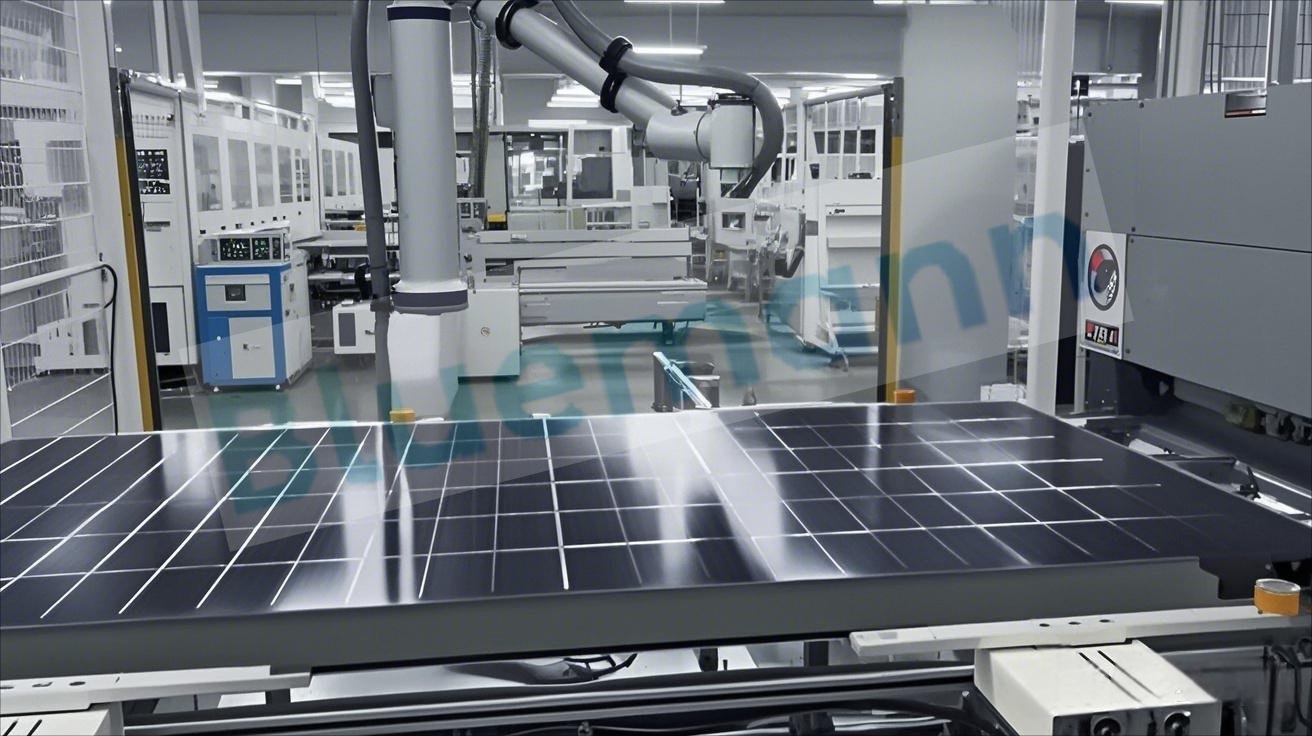In the rapidly evolving electronics manufacturing industry, precision and efficiency are vital for producing high-quality components. As electronic devices become smaller and more complex, the demand for reliable automation equipment has grown significantly. Among the most critical tools in this sector is the automatic lead bending machine, a specialized solution engineered to handle the pin bending and molding of various electronic components with unmatched accuracy.

By providing consistent forming results with micron-level precision, the automatic lead bending machine ensures high production yields and helps manufacturers meet the strict quality standards required in modern electronics.
What Is an Automatic Lead Bending Machine?
An automatic lead bending machine is an advanced automation system designed to bend, trim, and form the leads (pins) of electronic components before they are mounted on printed circuit boards (PCBs). It is suitable for a wide range of components, including:
Integrated Circuit (IC) chips
Connectors
Relays
LED lamp beads
Diodes, capacitors, and resistors
This machine is engineered to achieve precise control over the bending angle, lead spacing, and strength, ensuring every component meets strict production specifications. With its high consistency, it plays an indispensable role in large-scale PCB assembly and electronic device manufacturing.
Key Features of the Automatic Lead Bending Machine
1. Micron-Level Precision
The machine can achieve micron-level accuracy when forming component leads. This precision ensures compatibility with modern high-density PCB layouts, where even the slightest deviation can affect performance.
2. High Consistency and Yield
By automating the bending process, manufacturers can achieve uniform results across thousands of components. This reduces errors caused by manual handling, leading to higher production yields and fewer reworks.
3. Wide Compatibility
From small ICs to larger connectors, the automatic lead bending machine supports multiple component types and sizes. This versatility makes it suitable for diverse production environments.
4. Adjustable Bending Parameters
Operators can set and fine-tune parameters such as:
Bending angle
Lead spacing
Force applied
This flexibility ensures that the machine can adapt to different component specifications and production requirements.
5. High-Speed Operation
Equipped with advanced automation control, the machine can process large batches of components quickly without compromising quality. This is ideal for high-volume manufacturing lines.
6. Durable and Reliable Build
Built with high-quality mechanical and electronic components, the machine is designed for long-term industrial use, minimizing downtime and maintenance costs.
Benefits of Using an Automatic Lead Bending Machine
Precision in Electronic Manufacturing
As PCBs become increasingly compact, precision in lead forming is critical. The automatic lead bending machine ensures perfect alignment of pins, preventing assembly errors and improving overall device reliability.
Improved Efficiency and Productivity
Compared to manual bending, the machine dramatically increases throughput. Its automated operation allows continuous, high-speed processing, reducing production time and labor costs.
Enhanced Quality Assurance
With consistent bending accuracy, the risk of misaligned or damaged leads is minimized. This reduces defective rates and enhances the quality of final electronic products.
Cost Savings
While the initial investment may be significant, the long-term benefits are considerable. Reduced labor requirements, fewer defective components, and faster production cycles make the machine cost-effective for manufacturers.
Compliance with Industry Standards
The electronics industry demands strict compliance with international standards for product safety and performance. Automated lead bending ensures that all components meet these requirements.
Applications of the Automatic Lead Bending Machine
The machine is widely used across different sectors of the electronics industry, including:
Consumer Electronics – Smartphones, laptops, and home appliances.
Automotive Electronics – Control modules, sensors, and lighting systems.
Telecommunications – Routers, switches, and communication devices.
Medical Devices – Precision electronics requiring flawless assembly.
Industrial Equipment – Controllers, relays, and automation systems.
Its versatility makes it a cornerstone of modern electronic component processing.
Conclusion
The automatic lead bending machine is an essential piece of equipment for today’s electronics manufacturing industry. With its advanced automation, precision bending capabilities, and consistent output, it ensures that electronic components meet the stringent requirements of modern PCB assembly.
Whether producing consumer electronics, automotive parts, or medical devices, this machine helps manufacturers achieve higher efficiency, lower costs, and superior product reliability. For companies aiming to stay competitive in the global electronics market, investing in an automatic lead bending machine is a smart and forward-looking choice.


